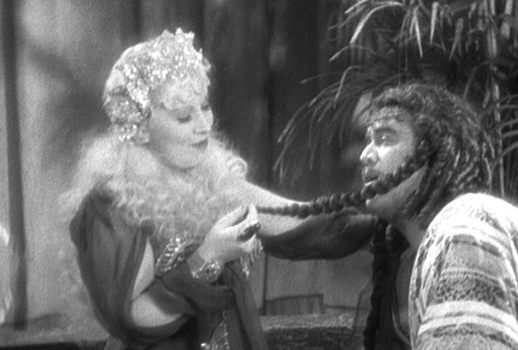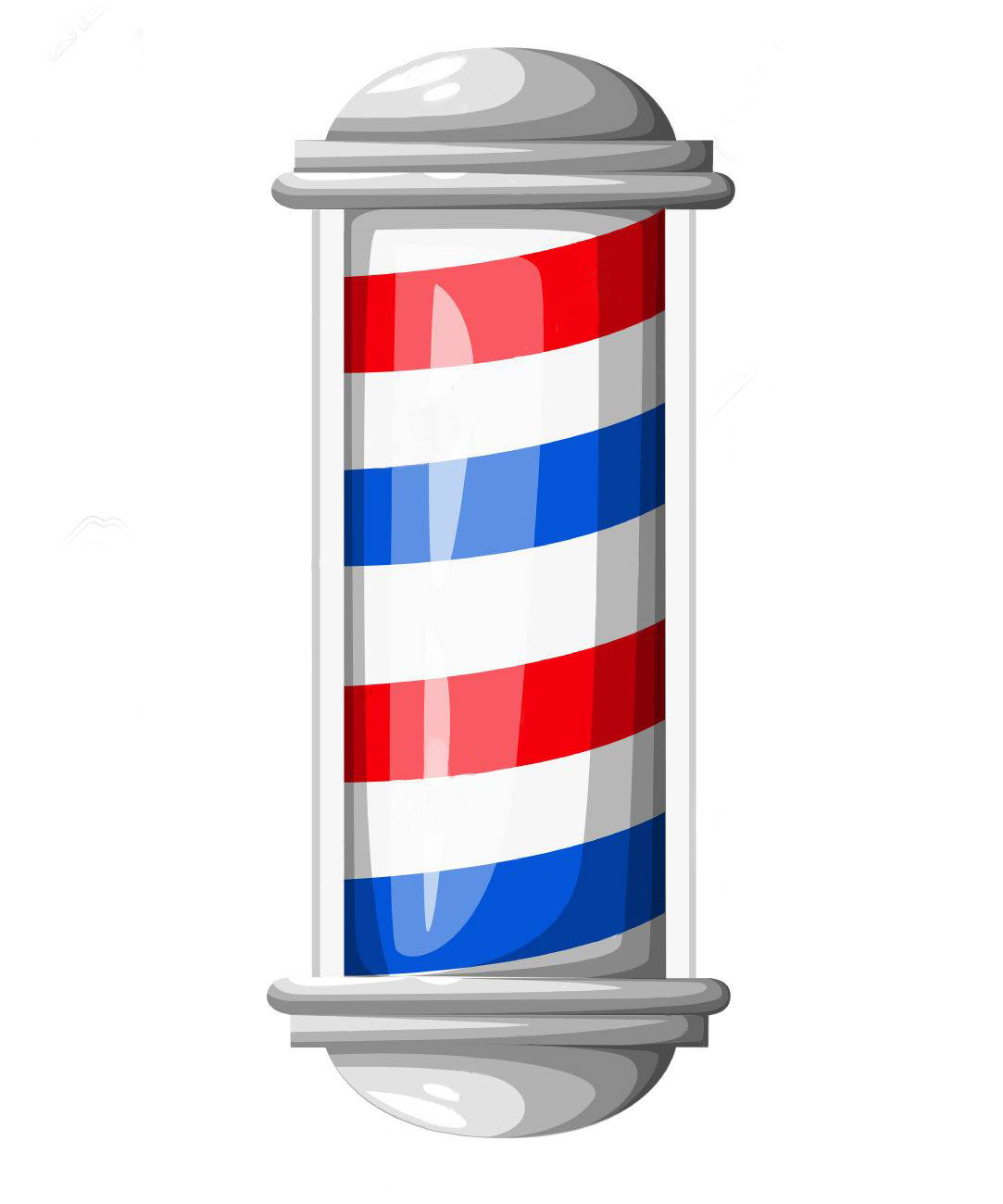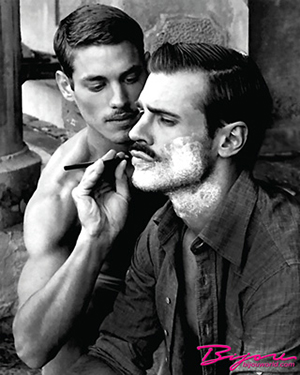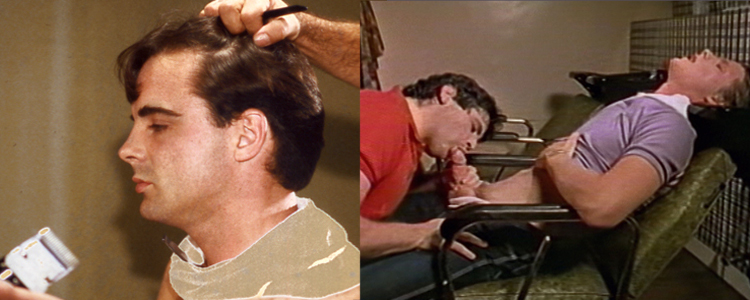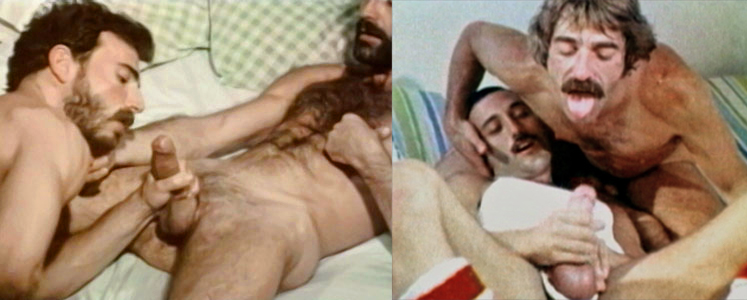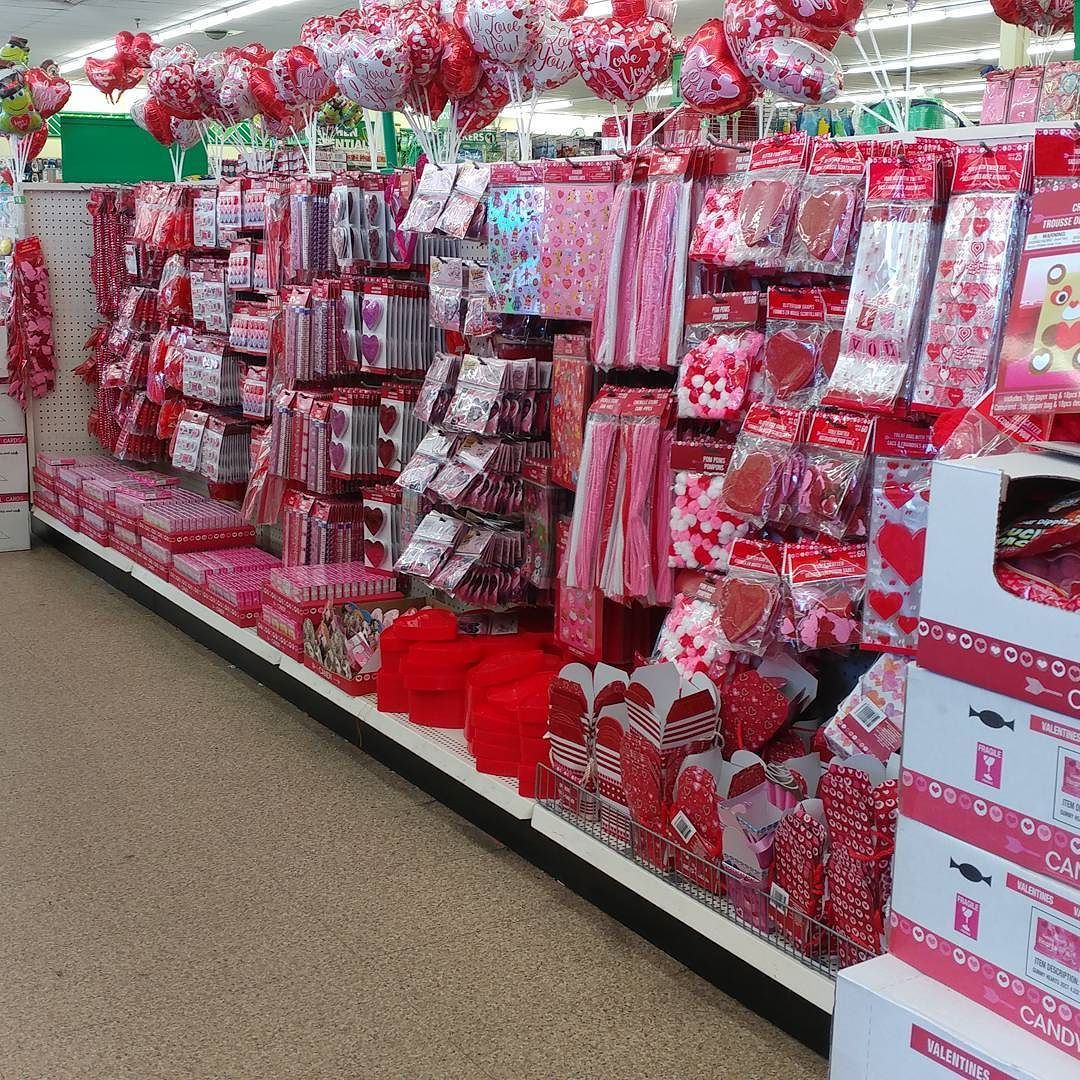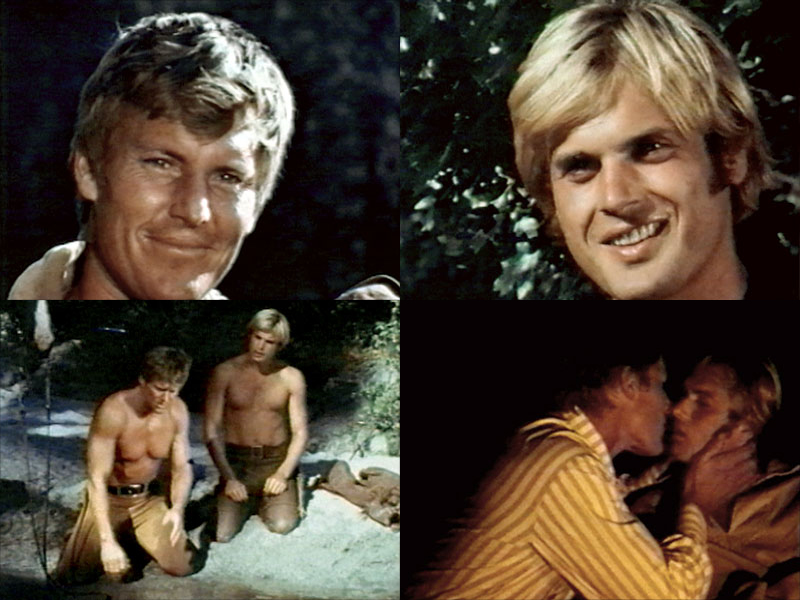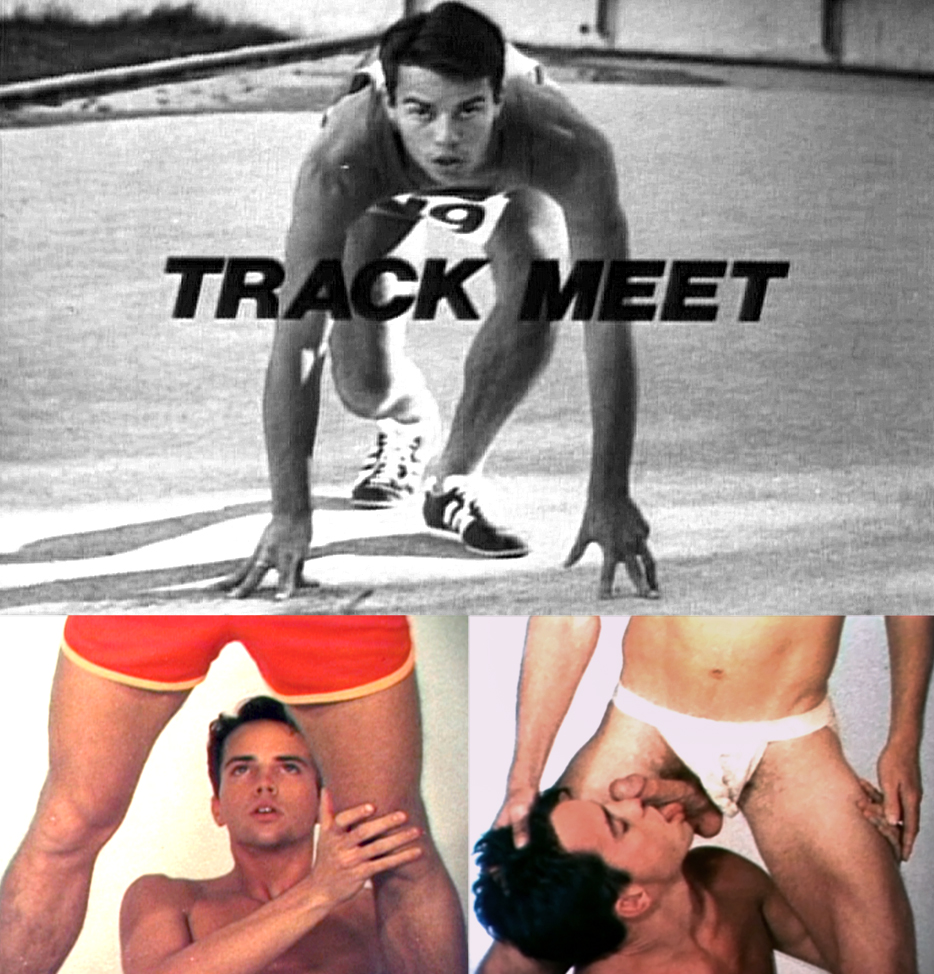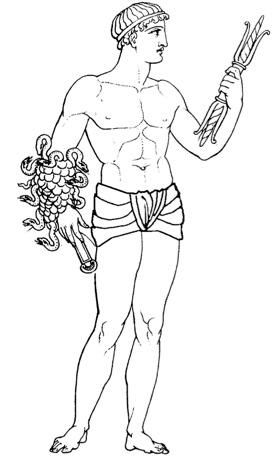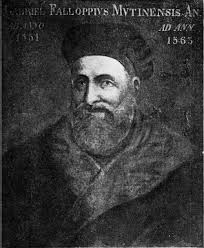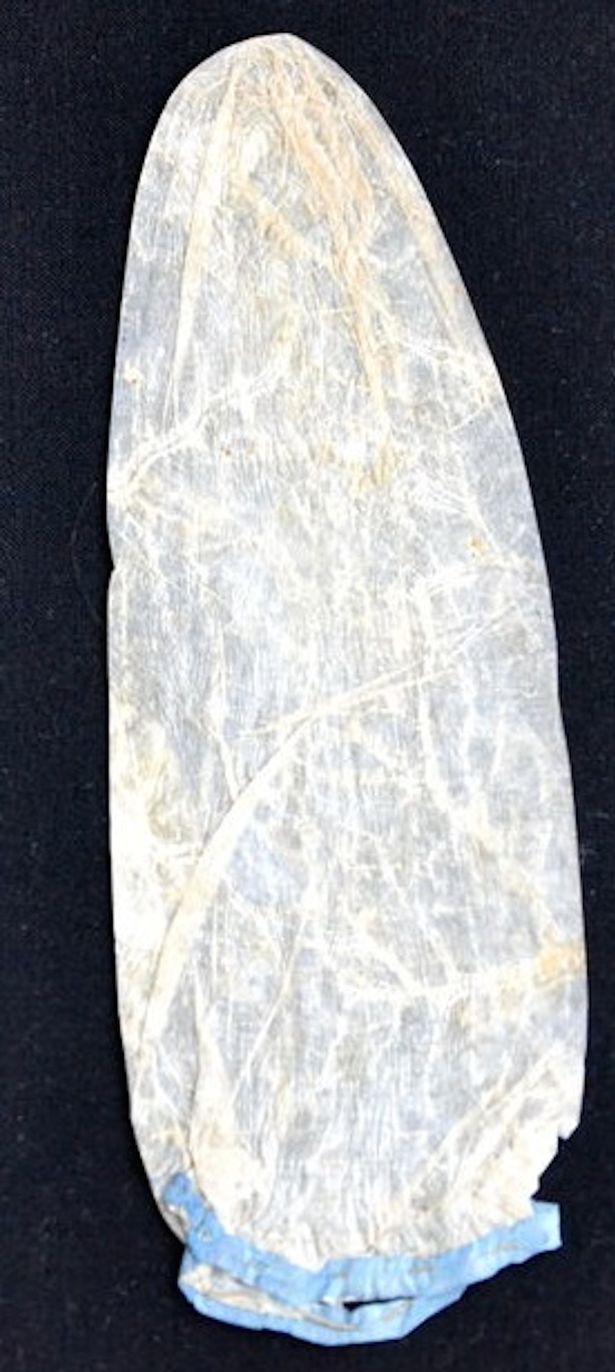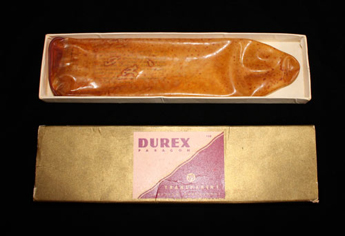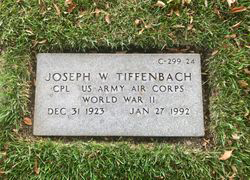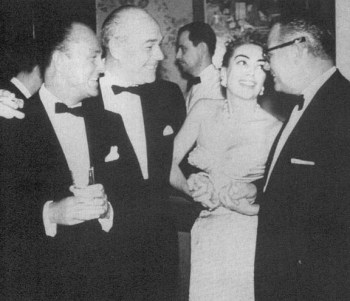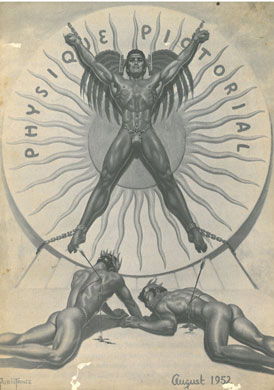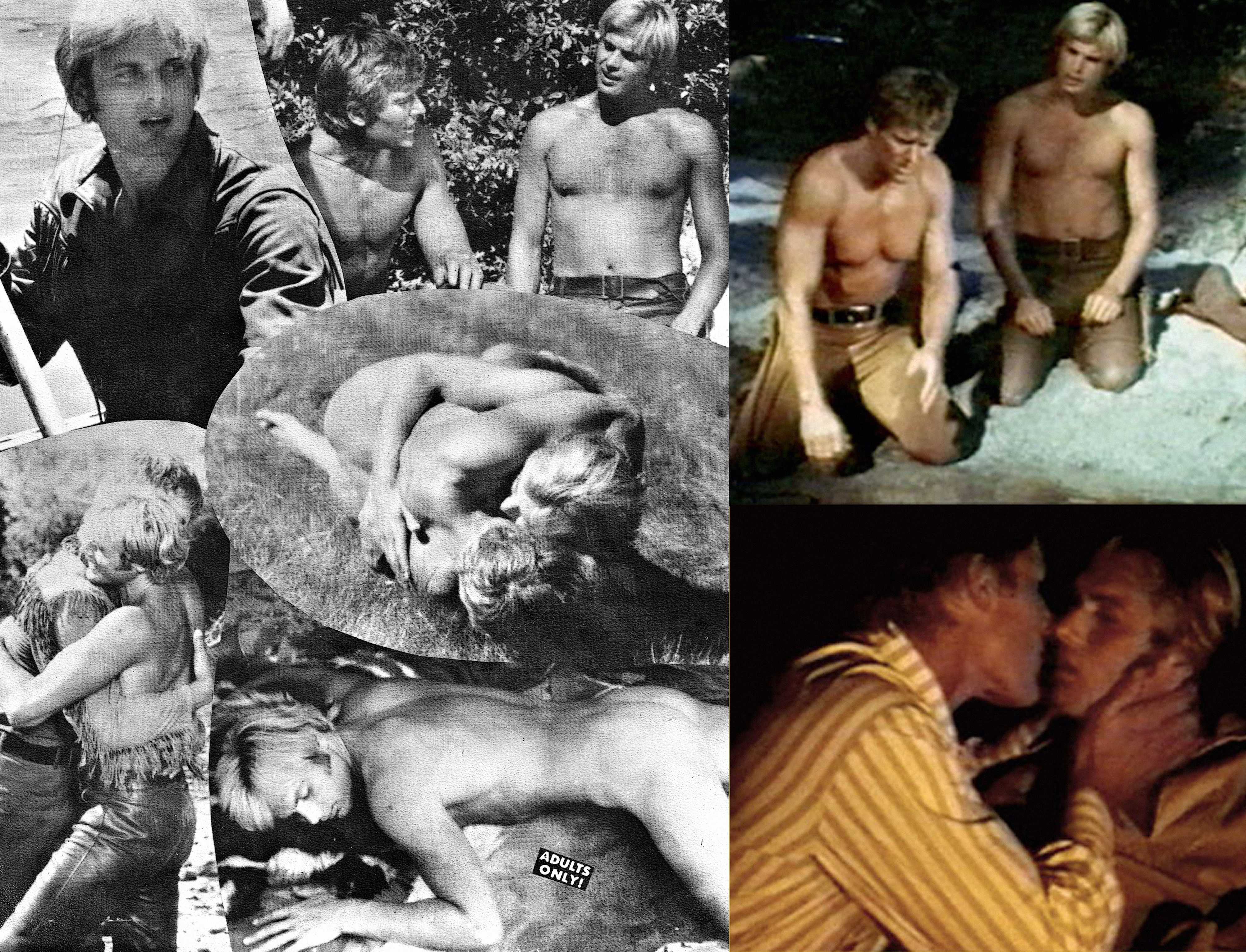I was going through the files at the Bijouworld office, and I happened across a packed file for one porn star who does not appear in any of our titles. But the contents of the folder were certainly both enticing (lots of pics from the gay magazines he appeared in) and disturbing.
Tim Lowe, a prolific porn star from the 1980s and 1990s, worked for major studios like Vivid, HIS Video, Catalina and many others, according to Gay Erotic Video Index. Movies he made frequently referenced in sources include Fratimony (All Worlds) and The Main Attraction (Image Video).
He was also arrested for murder and spent 14 months in prison.
According to the many newspaper clips in the folder, Tim Lowe (his real name was David Cody) was arrested on January 21, 1992, for strangling 52-year-old Allen Kinkead on January 8. David aka Tim apparently had been living with Kinkead in the Haight-Asbury district of San Francisco. Kinkead's body was discovered bound and gagged, and his credit cards and car were missing.
Cody and a female companion (girlfriend?; Gay Erotic Video Index claims he had a wife and two kids too?) were arrested in Mexico driving the stolen car. The pair pleaded guilty.
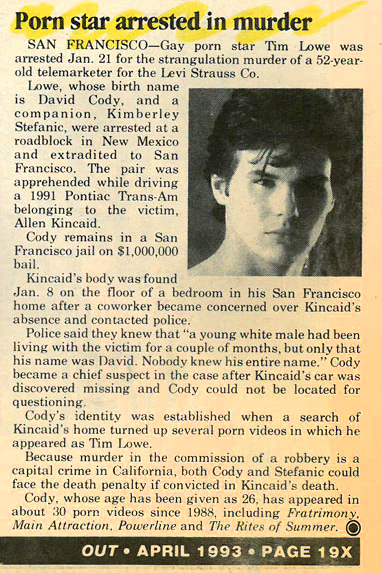
In February 1994, the charges were later reduced to involuntary manslaughter, as upon further investigation, the circumstances in the death were open to question; the death was possibly accidental, and Kinkead had taken meth, pot, and poppers before his death. (Lowe claims in the interview I reference below his roommate suffered a heart attack.)
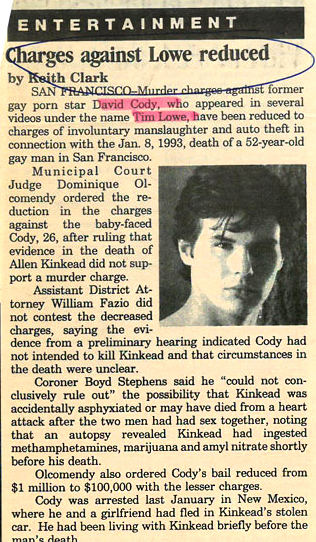
In an interview with Jerry Douglas for Manshots magazine, Lowe gives some details of his stay in prison (not exciting), mostly lots of waiting, lack of privacy, and smartly, he laid low, stayed aloof, not making friends.
After getting out of prison, he made more films, up to about 2004. According to the interview, he does make much out of getting counseling and trying to figure out where he made that wrong turn. He also makes much out of reading that pop psychology book of the period, Zen and the Art of Motorcycle Maintenance. Hmm ... Lowe also claims he did not steal anything. Hmm …
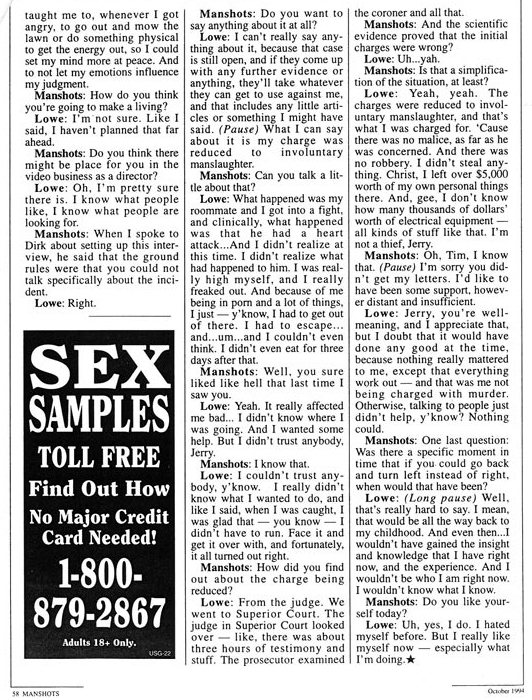
What's interesting is that I don't get too much distinctive about him as a person or a performer from what I found. Physically, he is what I would call cute young guy with a conventionally great bod and a well-formed dick, but he just strikes me as vaguely “kind of hot,” with, from what I can see in the facial expression, a hint of cocky. Just a hint.
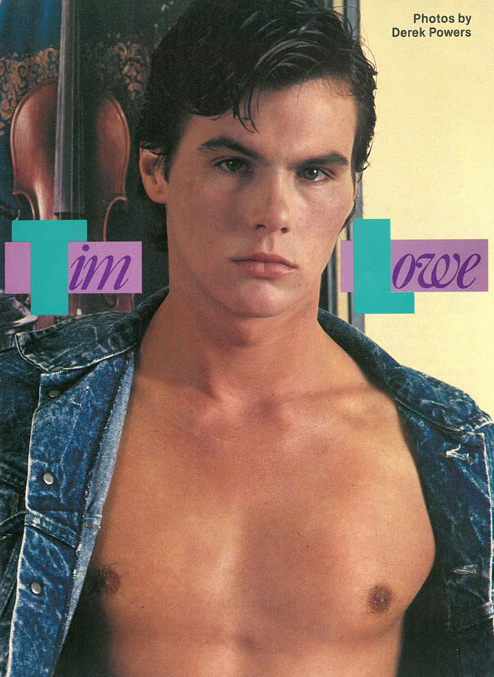
In fact, the general consensus from the many performers and directors that he worked with is that he was “nice to work with,” in that case, meaning probably amenable, agreeable, delivered the goods without drama.
But nice? Wow. There's so many implications here, but it's hard to really follow up on them specifically, due to lack of evidence.
I am trying to figure out what stance to take. All I can see is a pattern I see time and time again in so many relationships in the LGBTQ community, and this isn't going with the tired stereotype of porn stars generally gravitating toward “fucked up” situations on many levels.
It's the often fraught with peril on so many levels dynamic between the older guy and the younger guy, often one exploiting the other (and in this case, it's hard to tell who was exploiting whom) based on unrealistic expectations regarding sexual attraction which often results in a blurring of fantasy and reality. In the case of Cody aka Lowe and Kinkead, Kinkead apparently had been a fan of Lowe, as the place was filled with Lowe's videos.
I just think overall that not enough attention has focused on the tragedy here: Kinkead lost his life. Lowe lived to read self-help books and do interviews make more movies.

